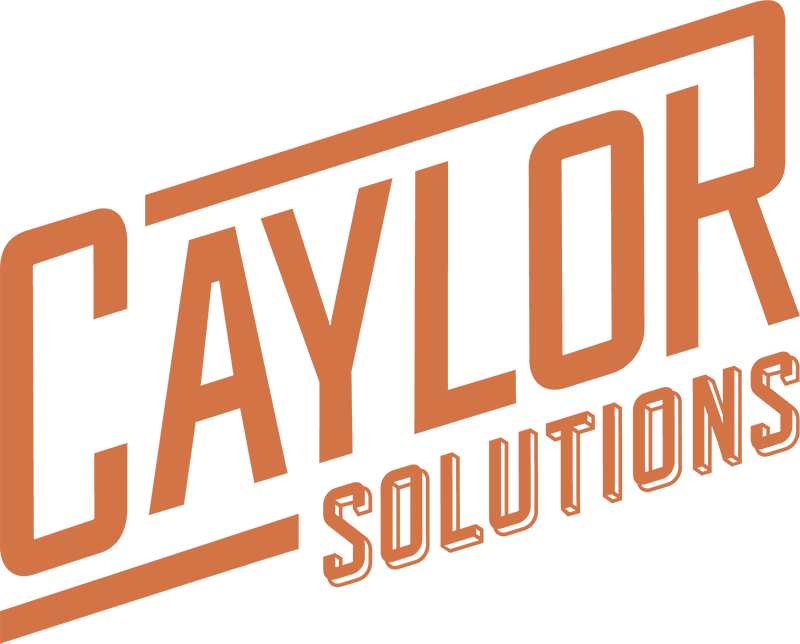Higher ed marketing is all about fundraising, right? Marketers serve the advancement folks. You’re on your own, admissions team. Good luck!
Or so the traditional thinking goes.
But as many colleges and universities have found, higher ed institutions win when their internal teams work together to focus on driving up enrollment.
The question is if your college or university is like so many others – with teams and ideas mostly siloed – how do you go about building an alliance?
Below, with a little inspiration from the University of Kentucky, I’ll share some tips on how marketing and admissions can go about joining forces as a single enrollment powerhouse:
- Invite admissions to be a client-partner.
- Embrace big-picture thinking.
- Let data lead the way.
- Create goals together.
- Cross-train in data analysis tools.
- Invite other partners to the table.
- Circle back to the data and adapt.
Marketing Team Inspiration from the University of Kentucky
In early 2021, I spoke with two amazing enrollment specialists from the University of Kentucky who made it clear how powerful a marketing-admissions alliance can be.
I’ve written about this super two-part episode of The Higher Ed Marketer podcast before. But Christine Harper, chief enrollment officer and Julie Balog, chief marketing officer, made so many good points that I’m still writing about it.
Many of these tips are inspired by what they told my co-host Troy Singer and me. I’ve also added a few ideas based on experience with much smaller schools. I hope you’ll find the advice pretty universal.
1. Invite admissions to be a client-partner.
At UK, Julie has adopted an “agency model” for serving teams on campus. Advancement is a client, sure. But so is the enrollment (admissions) team.
As partners, they bring all their strengths to the table.
It takes a strong marketing team with an interest in building trust-based relationships on campus to create this kind of model.
It helps to have a strong leader to take the reins and promote this kind of relationship. At Illinois Wesleyan University, that person is LeeAnn Hughes, vice president for enrollment and marketing.
“Much of my work at the cabinet level is to ensure our team is mindful of the impact of decisions as they pertain to enrollment outcomes.” – LeeAnn Hughes
But even if your institution doesn’t have this kind of organizational structure, anyone can take the lead in creating informal channels of communication.
It takes your marketing team seeing itself as an agency, with strategic expertise, and admissions as a client-partner, one that marketing can both serve and collaborate with.
Then somebody’s gotta make the first move. Might as well be you!
2. Embrace big-picture thinking.
So often, the tendency is to try to get tactical before getting strategic.
That just won’t work in the long run.
Julie talked about times in her career prior to UK that she’d get a call from a client saying they need a billboard and asking about cost.
In response, she would ask lots of questions, like, Do you really need a billboard? Maybe the client did, maybe not. She steered the conversation first toward goals.
That’s the norm with a creative, consultative agency model. You’re not short-order cooks flipping burgers. You’re chefs creating a custom meal – a whole custom menu.
The best marketing “chefs” will do two things:
- Ask lots of questions to understand the need.
- Use language everybody understands to establish goals.
If I order a burger and you tell me about all the exotic ingredients in a different dish, the one you think I should want, you’ve lost me.
Likewise, if admissions wants a billboard and you start tossing out a bunch of other creative ideas, you’ll be unlikely to build rapport.
Here’s what everyone understands: the prospect experience.
Big-picture thinking starts with mapping out that experience.
- What are their first points of exposure to your brand?
- If they’re interested, what are their points of entry into learning more?
- Where do you see a lot of movement toward enrollment?
- Where are you losing them?
This pre-enrollment experience is what connects marketing, the function of attracting prospects and holding their attention as leads, to admissions, the function of converting those leads into applicants.
That’s where you start.
3. Let data lead the way.
Now that you’re speaking the same language to frame the conversation, there’s another universal language you can use to assess the situation: numbers.
Creatives don’t always get excited about numbers.
They (okay, we) love typography, graphic design, a well-crafted turn of phrase and whatnot. But listen. At the end of the day, enrollment marketing is about the data.
That’s what admissions teams are looking at, day in, day out. So that’s where you have to start when building strategy.
As Julie talked about, you must do the foundational work of looking for trends in the data and segment your approach to reach “the right person with the right message at the right time.”
Interpret the prospect experience by working backward through the numbers, such as:
- Leads generated from email campaigns.
- Request-for-information form submissions and email captures.
- Email open rates and click-thru rates driving traffic to the website.
- Traffic to the RFI form page from the home page and other high-profile pages.
- Organic traffic to the website from social media posts and Google searches.
- Paid traffic to the website from pay-per-click ads.
And any other relevant data that helps reveal where the bottlenecks are. Then you can start getting creative about bringing up those target numbers, or key performance indicators (KPIs).
4. Create goals together.
Your KPIs should be guided by SMART goals:
- Specific
- Measurable
- Attainable
- Relevant
- Timely
I would argue that a goal like “Increase enrollment by five percent” isn’t quite specific enough to be a great KPI. Better to break that big goal down into smaller ones. Using the list under #3 above as our guide, a few examples would be:
- Increase leads generated from email campaigns by 20 percent.
- Increase RFI form submissions and email captures by 30 percent.
- Increase traffic to the RFI form page by 40 percent.
And so on. You get the idea. The more laser-focused your KPIs, the more strategic your enrollment marketing plan can be.
This is how you gain agreement on goals. When it’s clear to everyone where the problem appears to be, the solution is clear. Where the numbers lag is where you direct your creative ammunition.
5. Cross-train in data analysis tools.
Marketing folks, you may not be as hands-on with CRM tools (Salesforce, Slate, LeadSquared, etc.) as the admissions team.
But the more you understand how these tools work and what the enrollment specialists are looking at every day, the better you’ll be at serving their interests.
Admissions people, you might not be as strong in marketing analytics. A better grasp of what Google Analytics measures and why it matters could help connect the dots.
Not that you have to take a 400-level course. But the more you understand the numbers behind your numbers – the relationships between social media engagement, website traffic, form submissions, email lists, etc. – the better you’ll understand the big picture.
The more everyone cross-trains in these tools, the better equipped you’ll be to help improve the overall picture and move that enrollment needle.
6. Invite other partners to the table.
There’s a lot more going on in the prospect experience outside of digital marketing that is quantifiable and may be relevant to your goals.
At UK, the combined enrollment team invites internal and external partners into the conversation. Why? They want to explore:
- Whether increased messaging about freshman acclimation programs could help drive enrollment (through cooperation with the Office of Residence Life).
- Opportunities for engagement through external partners (like an “adulting 101” campaign to teach life skills to high schools through the Ag extension).
- Or for engagement in partnership with academic departments (like connecting with prospective grad students through a College of Ed K-12 vaccination program).
The more partners you bring into the conversation around driving enrollment, the more you enable outside-the-box thinking and new approaches to address those number gaps.
7. Circle back to the data and adapt.
Data is what brought you together, and it’s what’ll keep you on the same page.
Setting your KPIs is only the beginning. You also have to commit to revisiting them. Adding new ones. Making adjustments.
Someone needs to be responsible for generating routine reports that help you assess your progress on an ongoing basis.
This data runs the show. It’s the impartial referee that tells you what’s working and what isn’t.
That shouldn’t discourage you. Ideally, it will inspire you – to refuse to get stuck in a “this is the way we’ve always done it” mentality, to be agile, to try new things and get excited about the possibilities.
As a marketing team that embraces the power of collaboration, you’ll set yourself up for big wins.
My team and I have worked with all kinds of enrollment marketing teams. The makeup of these teams vary. The organizational structures that drive their priorities differ.
But if there’s one common thread among teams with whom we’ve successfully partnered, it’s the commitment to creating as collaborative an environment as possible.
I’d like to help you cultivate an environment like that.
If you need help from a partner who embraces collaboration with you and with other partners on- and off-campus, let’s have a chat.
I look forward to helping you create an enrollment marketing powerhouse that will help you reach your most ambitious admissions goals.
Looking for Enrollment Marketing Content that Works?
You’re in luck! We’ve curated 25 awesome ideas inspired by top higher ed institutions across the country and put them in one handy guide: 25 Ideas for Great Admissions Content.

-
- 25 enrollment marketing content ideas you might never have considered before
- Guidance on how to use each one for best results
- Brief discussion on why they work to help you sell these ideas to your team
Get inspired.
Get enrollment results.
Get 25 Ideas for Great Admissions Content.
Download your copy today!
Featured image by Fizkes via Adobe Stock












